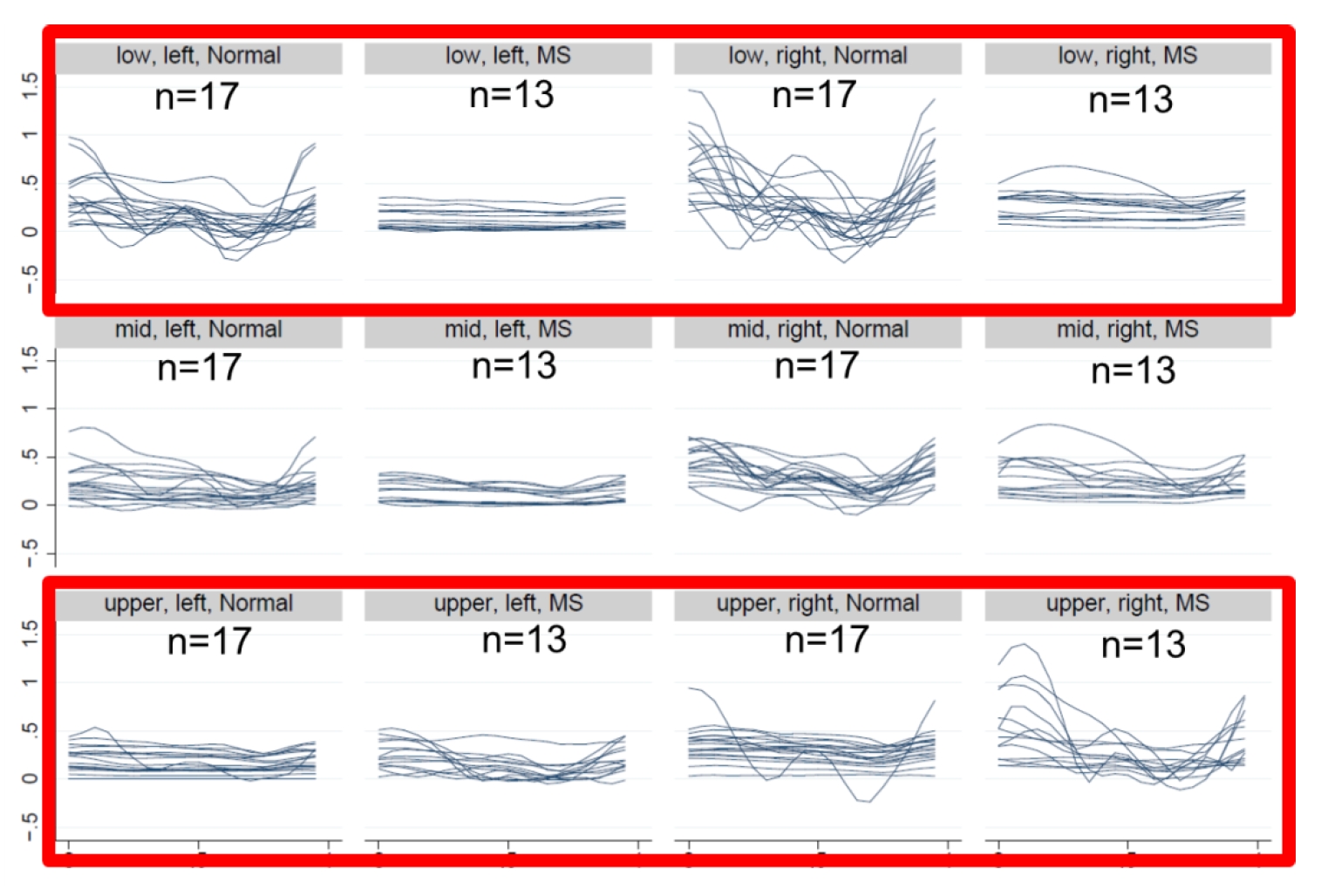
Ryan McTaggart
When I began my fellowship training in diagnostic neuroradiology and interventional neuroradiology at Stanford University Medical Center in 2010, both the medical world and the lay press were abuzz with the possibility that both MS and idiopathic intracranial hypertension could be, in part, vascular diseases secondary to insufficient venous drainage of the head and neck. Given the far greater prevalence of MS, and Stanford University’s early experience (both positive and negative) with angioplasty and stenting for CCSVI, I chose to further explore the CCSVI hypothesis of MS.
Fully expecting to contribute another “no difference” paper to the accumulating MS vs. healthy control literature, I was surprised when my well-blinded expert readers (Drs. Nancy Fischbein and Greg Zaharchuk) discovered anatomic differences between our study groups. In our paper published in the September 2012 issue of AJNR, we reported anatomic differences between patients with MS and healthy subjects—notably, patients with MS had greater internal jugular vein (IJV) flattening and a trend toward more non-IJV collaterals than healthy subjects. Following that study, we presented data at the ASNR 2012 meeting in New York City, demonstrating quantitative differences in the extracranial venous drainage of these same subjects: while there was no difference between patients with MS and healthy subjects in the fraction of total cerebral blood flow draining through the IJVs, there were profound differences in the pulsatility of the blood draining in the IJVs (see figure).
Despite the results of these investigations, my co-authors and I generally feel that the anatomic and physiologic differences we reported may be associated with MS, but are not likely to be causative. The studies were
